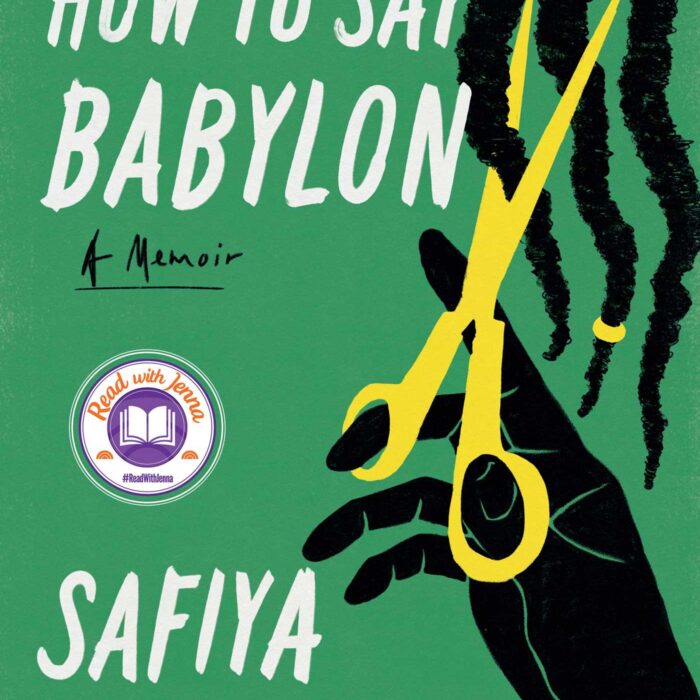You have no items in your cart. Want to get some nice things?
Go shopping
The image of an emaciated Black prisoner waiting for death in the hospital section of a state prison as roaches and mice crawl over his face was meant to be the last picture in the story of African-American freedom and what became of it after the U.S. Civil War. This image was part of the narrative of post-Civil War Mississippi in 1887, but it could have been most anywhere in the Post-Reconstruction South with whites hating viscerally the idea that the enslaved had conceived of the idea of freedom from slavery and then fought their way to it. The white elites who commandeered the oppressive southern social order had indoctrinated the masses within the white, working-class majority that their whiteness was the distinguishing factor attesting to their superiority to the enslaved. According to the logic of white terror, African Americans should have continued enslaved and servile as had been the case for more than 250 years. Blacks as equals in public life who would have access to not only public spaces in the same manner as whites but to public office and economic self-sufficiency was inconceivable to the fanatical majority. Thus, the striking down of the newly-formulated Civil Rights Act of 1875 that had guaranteed the equal rights anticipated at Emancipation and short-lived during the liberation of Black Reconstruction, 1860-1880.
Perhaps for this reason, none other than a slave could embody the ridiculousness of African-American freedom to white minstrel performer, Thomas “Daddy” Rice, who found the notion of such freedom entertaining. Blackening his face, Rice engages in a silly dance while singing the tune “Jump Jim Crow” which referred, according to legend, to a disabled slave by that name. For Thomas Rice in the America of 1830 the idea of the superiority of whites based on their whiteness and the inferiority of the enslaved was totally conceivable and to the white majority as well who would adopt this term for the Jim Crow Cars which segregated African Americans from whites and ran on none other than northern railroad lines and then were adopted in the South. This racial segregation was then mandated not just for transportation but for myriad aspects of public southern life in conjunction with the striking down of the Civil Rights Act of 1875.
The most conventional euphemism in U.S. culture and society that camouflages the politics of a legal and horrific reality is unequivocally “Jim Crow.” The double entendre alluding to a man both crippled and enslaved also refers to the relegation of African Americans to a second-class citizenship in which they could not vote nor hold public office and in which all of their segregated movements in legally-ordained city limits, whether it be at school, in the courthouse, on public transport, or at the public restroom, were considered “separate but equal.” This lack of access to the democratic ideals of Jeffersonian democracy was not merely the sarcastic notion of an entertaining crippled slave dancing a jig.
Beneath the euphemism of Jim Crow is the reality of Blacks in the South living under a dictatorship of white superiority legalised in 1890 when Mississippi authorised the disfranchisement provision in its state constitution stripping African-Americans of the few gains they had made in being able to vote and run for public office. Legalised white superiority was coupled with an authoritarian nationalism to relegate the formerly enslaved to the status of sharecroppers in which they would farm the land perpetually indebted to white landowners. What other malicious vengeance might the landowners and their loyal followers conceive in a defeated agrarian South that had now lost free labour? For the newly-freed African Americans, attempts to abscond the limitations of segregated life could result in either of two consequences. The first was the gruesome terror unfurled by vigilante groups such as the Ku Klux Klan who appointed themselves as court and self-nominated themselves as jury in the hunting down of African-American men and women, the vigilantes deemed law breakers. The capture of these Black citizens resulted in historic public lynchings both grotesque and inhumane. The second repercussion was application of the vagrancy laws that insured the formerly enslaved stay within the strict public confines delineated for them. Failure to do so would result in imprisonment such as the five years jail time imposed on Blacks in Mississippi for stealing a pig. Enacted in 1876 the “Pig Law” resulted in the imprisonment of poor African-Americans who were then leased out as newly-enslaved labourers to work the land, work on railroads, or work in timber.
Black men and women were imprisoned for vagrancy and other petty crimes in southern prison camps where conditions were so horrific that the death rate was between 8 to 18 percent. Prisoners were emaciated and subject to beatings. They lacked proper clothing and shoes, especially for the cold months. Thus, the image of the African-American prisoner as he awaits death, emaciated and sick, insects and rodents skirmishing across his face as he lay on a wooden board, frostbitten on uncovered hands and feet, surrounded by the demise of a social system that had failed him both in slavery and now in a stillborn southern “freedom.”
WORK CONSULTED
Davis, Ronald L.F. “Creating Jim Crow: In-Depth Essay.” Retrieved from https://www.hatboro- horsham.org/cms/lib2/PA01000027/Centricity/Domain/374/Jim_Crow_Era-Lynching.pdf

AUDREY SHIPP
Born in Los Angeles, Audrey Shipp is an essayist and poet whose most recent writing appears in "Linden Avenue Literary Journal," August 2018 and "A Gathering Together," Spring 2018. Her bilingual and trilingual poetry appeared in "Americas Review (Arte-Publico Press)" which was formerly published by the University of Houston. She teaches English and ESL at a public high school in Los Angeles.
- Web |
- More Posts(7)




